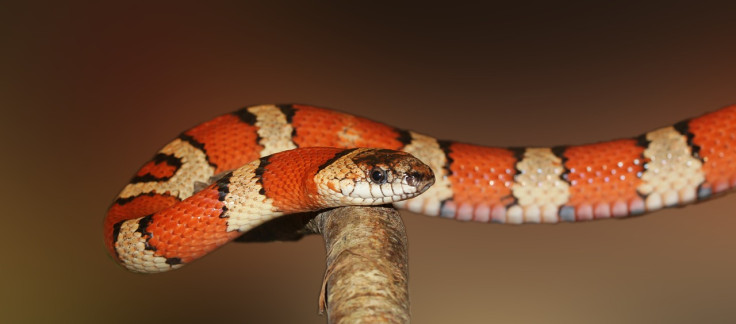This life-saving medicine is made from snake venom
Integrilin may have already saved thousands of heart attack patients, but many did not realise that the main component of this drug is from a feared reptile.
The healthcare industry went through a tough phase with the emergence of coronavirus, adding to already existing diseases. The search for the most effective drugs to treat COVID-19 patients continues and surprisingly, a drug used for treating inflammation was found to have come from a very unlikely source - snake venom.
Studies have shown that coronavirus adversely impacts both the respiratory system and the cardiovascular system. Doctors have seen blood clotting as one of the complications of coronavirus.
Dr Sandeep Nathan, director of the Coronary Care Unit of the University of Chicago Medicine, in CNN, revealed that they have a patient, in mid-thirties, who suffered from a massive heart attack. A procedure was required to clear the vessels and to put in the stents. However, before this could be carried out, blood thinners had to be administered in order to break up the clots. Among the blood thinners used was Integrilin, a drug approved by the Food and Drug Administration in 1998, commonly prescribed to heart attack patients.
Integrilin may have already saved thousands of heart attack patients, but many did not know that the main component of this drug comes from a feared reptile. The drug was derived originally from the protein of the pygmy rattlesnake's venom.
Nathan stated that there are hundreds of thousands of patients suffer from heart attacks, every year in the US. A significant number of these heart attacks patients are treated with agents which many, including physicians, had no idea came from animal venom.
Nathan narrated how Zoltan Takacs, a biomedical scientist and the founder of ToxinTech, would find the original sources of the venom. Takacs explained that the venom aims for critical parts of the body such as blood circulation and nervous function, and these are the very same systems that need to be controlled to treat various diseases.
Takacs would "chop up" the toxin into "pieces" and would rearrange the parts through genetic engineering. He would then see the best match against the target, depending on the disease that is being treated. From this, it turned into a drug lead and eventually went for animal trials. After a long time, it went in for clinical trials.
It must be noted that there is no need to "hunt" for an animal every single time because the toxins can be replicated in the lab. One good example is exenatide, which is a drug that comes from the Gila monster's venom and is used in treating type 2 diabetes. It is the largest lizard that is native to the UA. It does not inject venom but latches on to a victim, chews, and the neurotoxins then move through the grooves of its teeth. The lizard is now an endangered species.
© Copyright IBTimes 2025. All rights reserved.






















